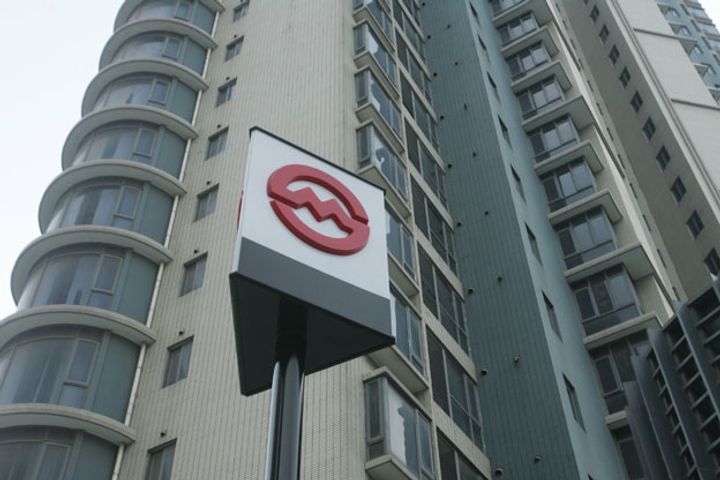 China Greenlights USD98.2 Billion of Subway Construction to Spur Economic Growth
China Greenlights USD98.2 Billion of Subway Construction to Spur Economic Growth(Yicai Global) Jan. 11 -- China's top economic planner, the National Development and Reform Commission, has approved six subway construction projects worth CNY662.8 billion (USD98.2 billion) over the past month as it turns to transit-oriented development to hedge against slowing economic growth.
Transit-oriented development, or TOD, is an urban development practice that aims to maximize the amount of residential, business and leisure properties within walking distance from public transport stops. The United States, Japan and Hong Kong have all used the technique effectively.
The government uses transit construction in major cities to stabilize investment amid economic downturns, Yan Yuejin, director of research at Yiju Research Institute's think tank, told Yicai Global. That brings in huge opportunities for real estate developers, he added, saying residential and commercial land in the suburbs and satellite towns of big metropolises will become the focus of development.
"TOD will be the focus of future real estate development," Yan said, adding that many rail transit companies and professional real estate firms, like Vanke, use the method and often team up with subway operators.
China plans to lower its economic growth rate target to between 6 and 6.5 percent for 2019, South China Morning Post reported today. It logged a 6.6 percent rise last year, its weakest since 1990, after setting a target of "around" 6.5 percent. The target will be unveiled at the annual parliamentary session in March, the report added, citing four insiders with knowledge of what happened at the yearly closed-door Central Economic Work Conference, which took place in December.
Construction of intercity railroads and high-speed links also create opportunities for TOD, and the Guangdong provincial government issued a policy in August that confirmed it planned to bundle track laying and land development.
Spaces around high-speed rail stations are expected to give birth to related industries up to as much as ten years later, according to Hu Gang, president of the South China Urban Research Association and a professor at Jinan University. High-speed rail speeds up the flow of people, information and other resources, making it possible for the spaces around them to develop into commercial, industrial and research centers, he added.
Based on existing urban rail transit development plans, there will be 240 million square meters of land developed around China's rail stations within the next three to five years, a research report published last year by the Shanghai Yiju Real Estate Research Institute and Southwest Jiaotong University Shanghai's TOD Research Center shows.
Editor: James Boynton